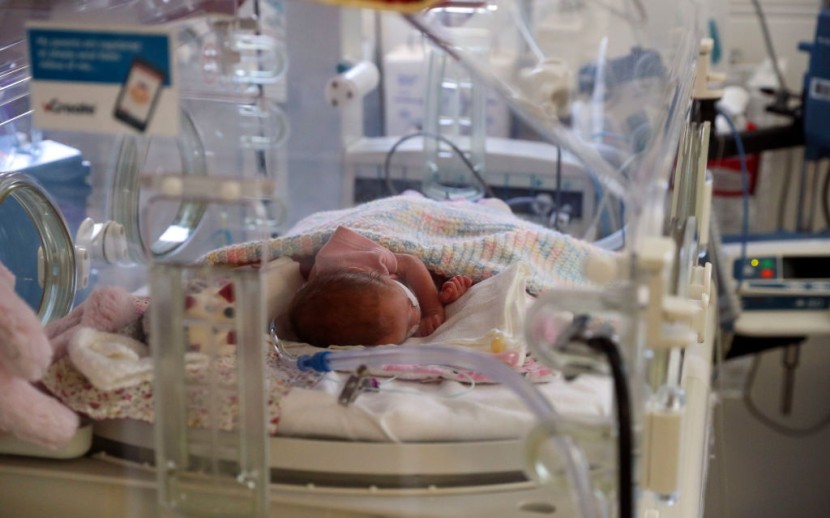The infant mortality rate in the United States increased by 3% last year, marking the most significant rise in two decades.
This worrisome trend has raised concerns among healthcare experts and researchers as the nation grapples with the unexpected surge in infant deaths, as per CNN.
Infant Mortality Rates in the United States

The Centers for Disease Control and Prevention (CDC) recently published a report highlighting the troubling statistics, pointing to several key factors contributing to this increase. Among the most affected groups were white and Native American infants, infant boys, and babies born at 37 weeks or earlier.
Additionally, the report noted more significant increases in two leading causes of infant mortality: maternal complications and bacterial meningitis. Marie Thoma, a researcher at the University of Maryland specializing in maternal and infant mortality, expressed her concerns about this alarming trend.
She noted, "It's concerning, given that it's going in the opposite direction from what it has been."
Dr. Eric Eichenwald, a neonatologist based in Philadelphia, described the new data as "disturbing."
However, he also emphasized that, at this point, experts can only speculate about the reasons behind the sudden increase in infant mortality rates. One possible contributing factor to this rise is the resurgence of respiratory syncytial virus (RSV) and flu infections.
These infections rebounded in the fall of 2022 after two years of pandemic precautions, filling pediatric emergency rooms nationwide. Dr. Eichenwald, who chairs an American Academy of Pediatrics committee that writes guidelines for the medical care of newborns, suggested that this resurgence could account for some of the increase in infant mortality.
Infant mortality is a crucial indicator of a nation's healthcare system, measuring how many babies die before they reach their first birthday. Rather than relying solely on raw numbers, researchers calculate rates to better compare infant mortality over time due to variations in the number of births, according to CBS News.
US Infant Mortality, Socioeconomic Factors
The United States has historically lagged behind other high-income countries in terms of infant mortality rates. Experts have attributed this discrepancy to factors such as poverty, inadequate prenatal care, and various socioeconomic challenges.
However, the US rate has generally shown gradual improvement thanks to medical advances and public health efforts. The national infant mortality rate rose to 5.6 infant deaths per 1,000 live births in 2022, up from 5.44 per 1,000 the previous year, according to the new CDC report.
Although the increase may appear modest, it represents the first statistically significant jump in the rate since the early 2000s. Danielle Ely, the lead author of the CDC report, acknowledged the difficulty of establishing whether the 2022 rise is a one-year statistical anomaly or the beginning of a more lasting trend.
Despite the rise in infant mortality, the overall death rate in the United States fell by 5% in 2022. This decrease has been attributed to the diminishing impact of the COVID-19 pandemic, especially among people aged 65 and older.
Additionally, maternal deaths in the United States declined last year, offering a glimmer of positive news amid the troubling infant mortality statistics. More than 30 states saw at least slight increases in infant mortality rates in 2022, with four states experiencing statistically significant rises: Georgia, Iowa, Missouri, and Texas.
The national statistics were influenced by these varying trends across different states, making it challenging to pinpoint the exact causes behind the increase in infant mortality. The rise in infant mortality rates in the United States in 2022 is a cause for alarm.
Healthcare experts and policymakers are now tasked with examining the contributing factors and implementing strategies to reverse this trend and ensure the health and well-being of the nation's youngest citizens.
This unexpected increase underscores the importance of continued efforts to improve prenatal care, access to healthcare, and early childhood health initiatives to safeguard the future of America's children, ABC News reported.








